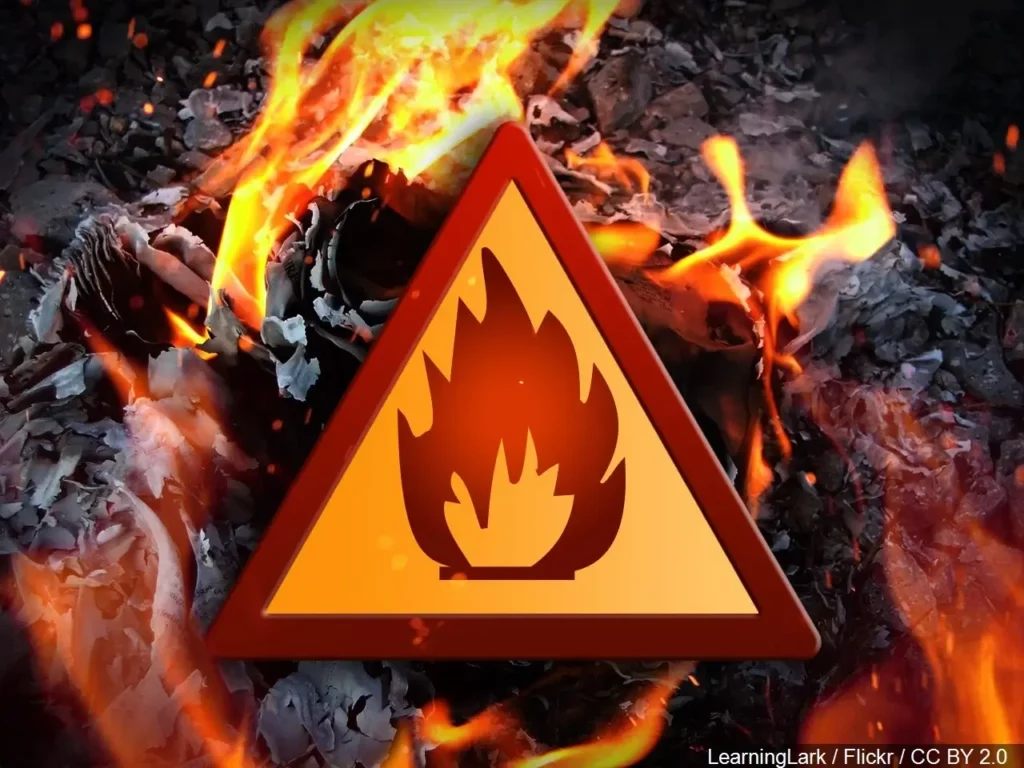You may or may not know that the rags or cloths you use to wipe down your hands, apply Prepsol or clean up spills can actually spontaneously combust.
What it spontaneous combustion you ask?
The Oxford dictionary defines spontaneous combustion as “The ignition of organic matter without apparent cause, typically through heat generated internally by rapid oxidation”.
Basically, given the right conditions, when a flammable or combustible substance is slowly heated to its ignition point through oxidisation, the substance will begin to release heat. If this heat does not have an effective way of escaping i.e. a pile of dirty rags on the ground or in a bin, the temperature will get to a point where it will cause the materials to self-ignite. It’s important to remember that it does not require heat from external sources to reach this temperature. The result of this reaction is a fire!
There are a number of simple things you can do today, at minimal cost to minimise the risk of fires through spontaneous combustion. They include:
- Don’t let contaminated rags, cloths or paper sit too long, whether in a pile on the ground or in a general purpose bin;
- If contaminated rags sit in a pile for a long enough period, the chances of accumulated heat generation through oxidisation increases.
- Store contaminated rags away from other flammable or combustible goods;
- Storing contaminated rags in areas where other flammable or combustible goods are located increases the amount of fuel should a fire occur.
- Dispose of the contaminated items on a regular basis to avoid build-up of waste;
- The longer you leave contaminated items sitting around, the greater the chances of heat accumulation through oxidisation. It’s also a good housekeeping practice.
- Store contaminated items in a self-closing, purpose-built, industrial waste bin.
- Purpose-built bins are available through a number of Australian suppliers.
- Place contaminated rags in a bucket or bin with a plastic liner and add water to the bucket or bin to ensure that the rags stay wet. Securely tie up the plastic liner when full before emptying into the waste skip/dumpster.
A plastic liner has been recommended to minimise the escape of contaminated water into waterways and the waste skip/dumpster itself. Make sure you check to ensure that the waste is being disposed of in accordance with local regulations. You can do this by contacting your local waste collection provider, or directly through your states Environmental Protection Agency (EPA).
As always, if you have any questions, feel free to contact me at admin@totalsafetyconsulting.com.au
